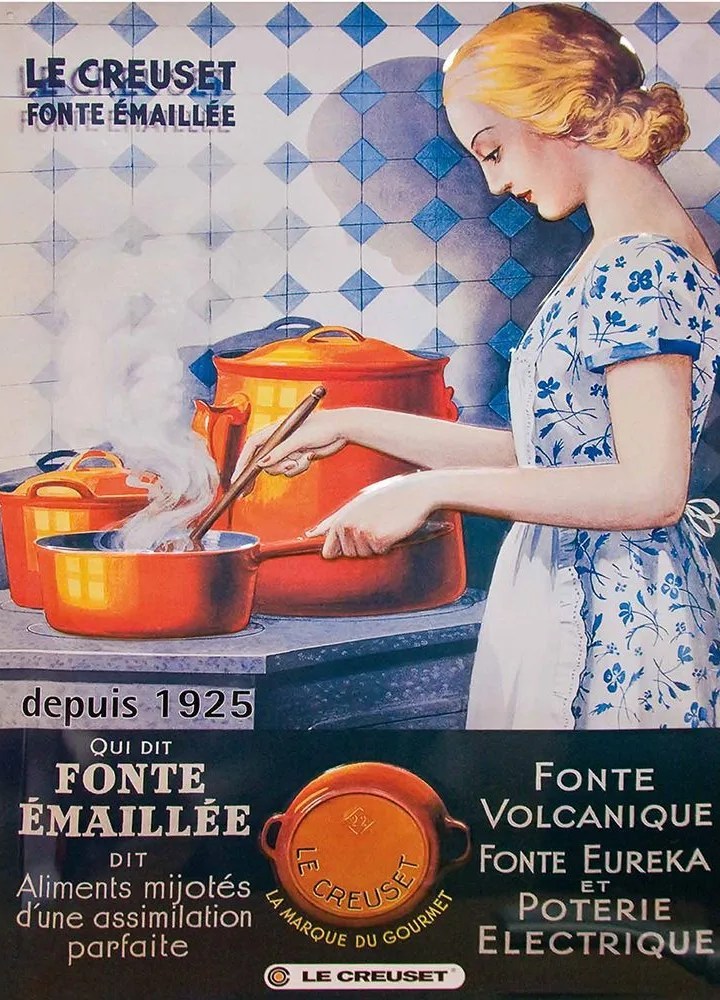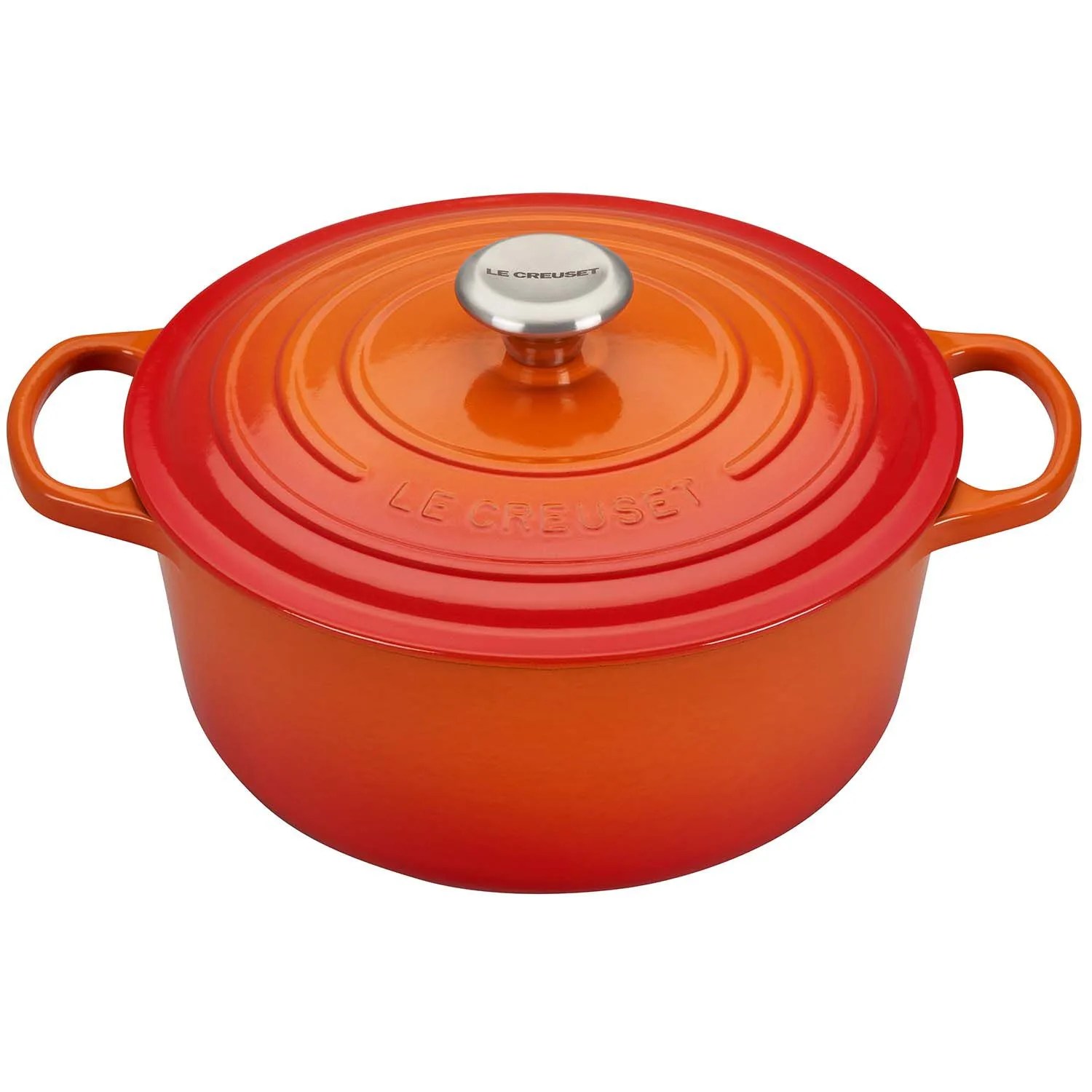Whether you’re proficient in the kitchen or not, you’re likely aware of the allure of the Le Creuset Dutch oven. The cookware is known to catch the eye thanks to its brightly hued exterior, and those who have cooked in one can attest to its virtues in making anything from soups to sourdough bread and fried foods to braises. They’re also known for their high price tag (the popular 5.5-quart Dutch oven costs $370), which could explain why it ends up on so many wedding registries and wish lists. The expensive pot is often touted as the best of the best, but is it actually that good of a piece of cookware?
The History of Le Creuset’s Dutch Oven
Before you dive in to the history of Le Creuset’s Dutch oven, you have to understand what a Dutch oven is, which Merriam-Webster defines as “a heavy pot with a tight-fitting domed cover.” That generic definition can apply to a lot of things, yet somehow not every “heavy pot with a tight-fitting domed cover” is marketed as a Dutch oven.
The Pennsylvania Dutch invented the Dutch oven — hence the name — in the 1700s, consisting of brass pots with tightly fitting lids. After jet-setting around around the world, the Dutch oven arrived in France in the 1920s, its brass construction switched to cast iron. In 1925, two Frenchmen, Armand Desaegher, a casting specialist, and Octave Aubecq, an enameling expert, took the Dutch oven and gave it an enamel glaze, thus birthing Le Creuset’s flagship item — and the brand itself later that year in the town of Fresnoy-le-Grand. The pot that we know and affectionally call the “Dutch oven” from Le Creuset isn’t really a Dutch oven. It was, after all made in France. The term “French oven” never caught on, so it’s still colloquially called a “Dutch oven,” or “cocotte” in French meaning “casserole.” Though most people will just call it a “Le Creuset” in the same way someone asks for a Kleenex when they need a tissue.
Le Creuset’s enameled cookware has become its calling card, and the brand’s first enamel color, Flame, was inspired by the glow of molten cast iron, which radiated with a vibrant, fiery orange. The enamel isn’t all just for looks. The coating provides a naturally non-stick interior that’s easy to clean, and it also foregoes the need to season the cast iron underneath, while still retaining its ability to get ripping hot.

These days, Le Creuset’s Dutch oven is available in over one hundred colors, with some limited-edition offerings (like one the brand did with Star Wars). The brand still occupies the same factory in Fresnoy-le-Grand, where it continues to churn out cookware since people are continually being turned on to the cult of Le Creuset.


